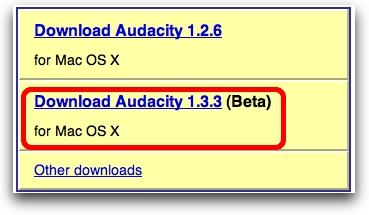

Unless you are professional narrator or voice-over specialist there are probably level (volume) variations during your narration. Extraneous noises should be edited with Click Removal, Repair or Amplify before the Normalize step.

NOTE: Extraneous noises in the recording can cause Normalize to create unwanted changes in the stereo balance, or prevent recordings being made as loud as they can be. To correct unwanted volume differences between left and right, check "Normalize stereo channels independently". However basic consumer-level equipment can often record with channels unbalanced. Note that Normalize defaults to retaining the existing balance between stereo channels.The volume is normalized to -1 dB, so leaving a little headroom below the maximum possible 0 dB level.Accept (for now) the default choices in the Normalize dialog and click the OK button.Choose Effect > Volume and Compression > Normalize.With default Tracks Preferences, you may not need this step - all the audio in the project is selected if you choose an effect without first selecting any audio.Choose Select > All (or use CTRL + A) to select all of the track.To maximize the volume of your recording, you can use the 'Normalize' effect.


 0 kommentar(er)
0 kommentar(er)
